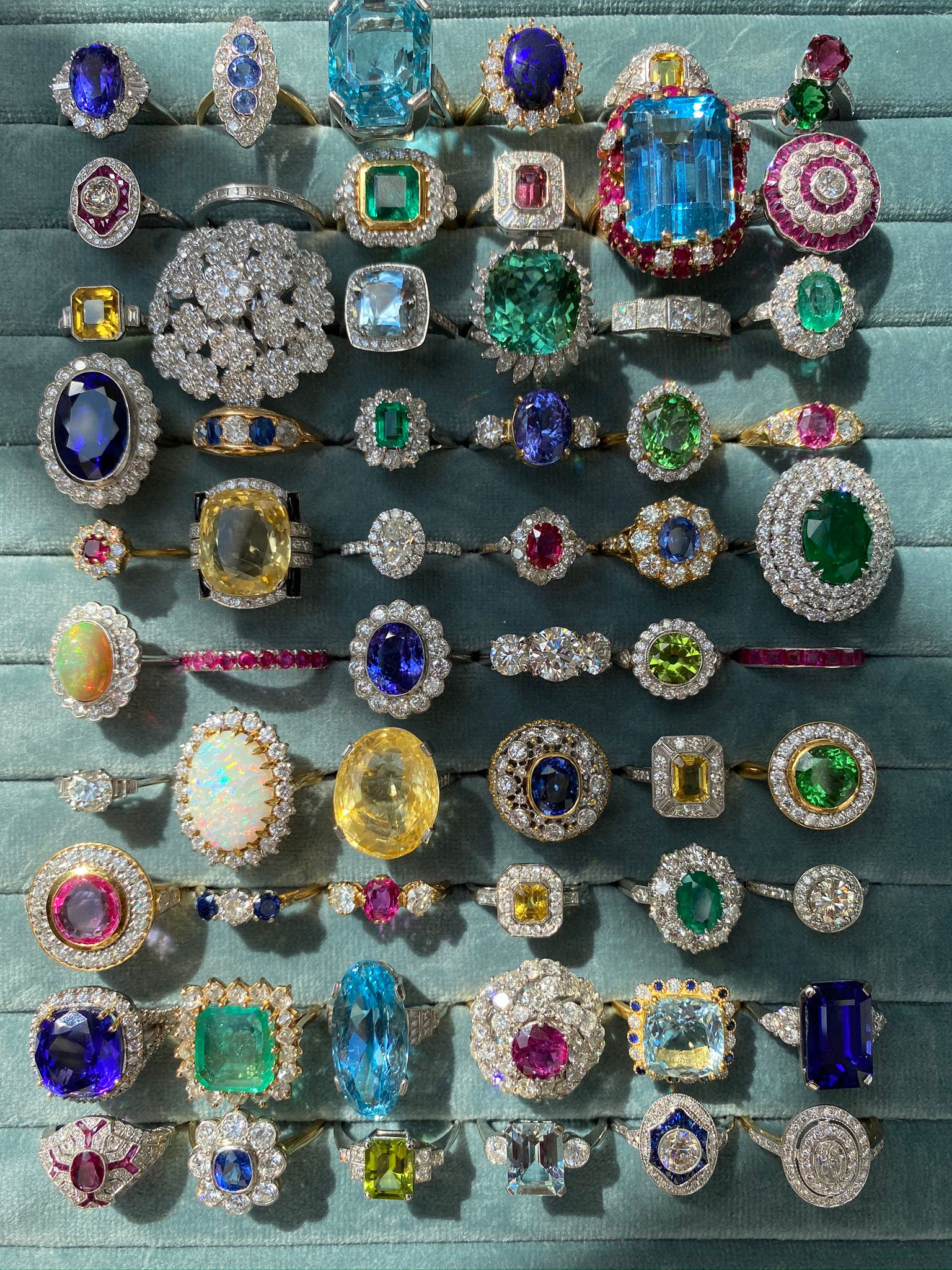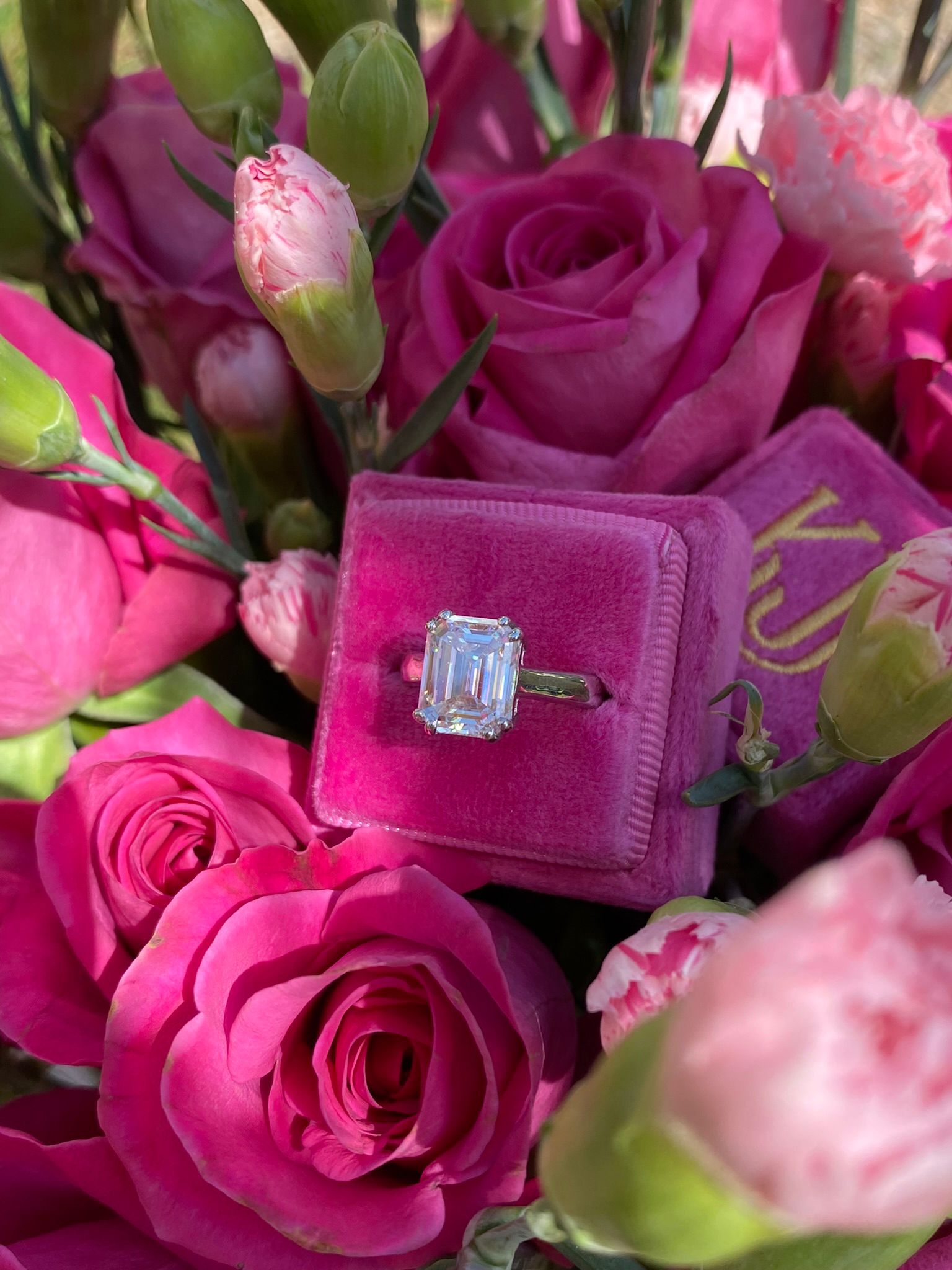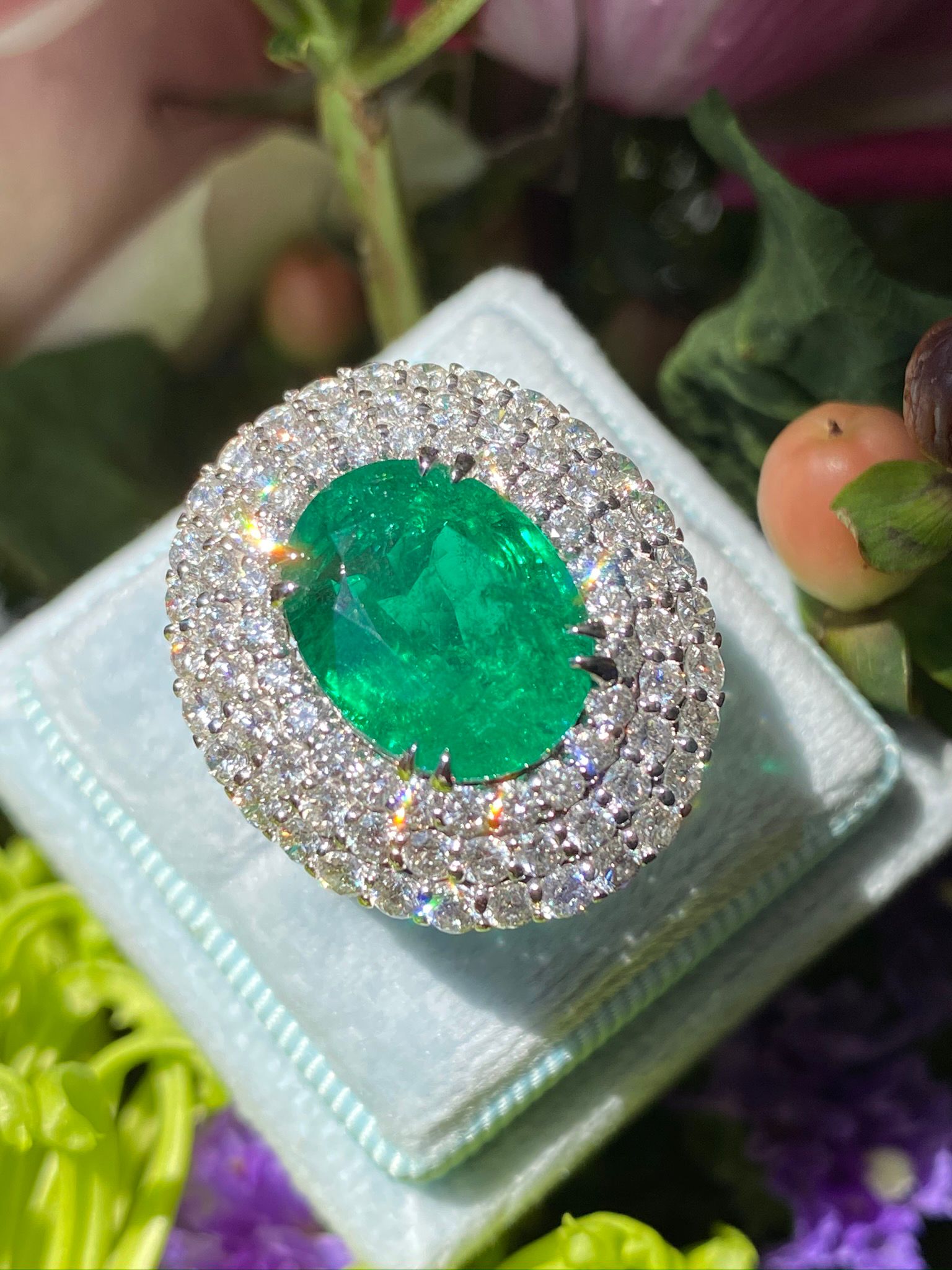Precious Metals
All metals used in fine jewellery have allure, rarity and durability—but what exactly sets them apart from each other?

What is Gold?
All precious metals are expensive because they are rare and difficult to extract from the Earth, and Gold is the rarest of them all. How rare, exactly? It makes up only about four parts per billion of the Earth’s crust. To compare, iron makes up about five parts per hundred (or about 5%), which makes it much more common and easier to source, which, of course, makes it far less expensive. Like Silver and Platinum, Gold is durable, strong and long-wearing and can hold up to impact.
Gold is especially attractive in jewellery because of its substantial heft (it’s more than 19 times denser than water), unique colour, beautiful lustre and of course, it’s ability to retain (and even increase) in value. While “pure” Gold doesn’t truly exist, as it’s nearly impossible for it not to contain trace elements, the highest fineness of Gold is marked 24 carats (or karats), which means it is very nearly pure Gold (approximately 999/1000 parts).
To make Gold harder (and help prevent scratches and dents), as well as sometimes alter its colour, most Gold is mixed with other metals to form an alloy. Jewellery made with alloys is hallmarked by its percentage of Gold: 75% Gold (or 18/24 parts) is 18ct or 18K, 14ct or 14K Gold is 58.3% Gold or 14/24 parts, and 10ct Gold is 41.7% or 10/24 parts. Alloying Gold with Copper and Silver often results in Rose Gold, while White Gold is often an alloy of Gold, Nickel or Palladium, Copper and Silver. White Gold jewellery is often coated in Rhodium (a metal in the Platinum family) to help give it a protective finish that makes it look brighter and whiter, as well.
What is Silver?
Silver is the most lustrous of all the metals, and can be buffed to the whitest, brightest and most eye-catching finish. Unfortunately, it is naturally very soft and takes on a temporary tarnish when it’s exposed to sulpher in the air, over time.
Half as dense as Gold or Platinum, it is most often alloyed with Copper, which makes it harder without taking away its amazing shine. Of course, the most popular Silver alloy is Sterling Silver, which is a mix of 925 parts Silver and 75 parts Copper. Silver Gilt, which is now more commonly referred to as Vermeil, is a layer of Gold plated onto Sterling Silver.
Shop our Sterling Silver Collection
What is Platinum?
Considered by some as the Cadillac of metals, Platinum is a rich gray-white coloured metal, which can complement any gemstone. It is slightly less rare than Gold (it’s found on Earth in 5 parts per billion), but is more resistant to scratches. With the highest density of all three precious metals, it is less brittle than Gold alloy, and therefore especially ideal for making jewellery prongs, which will stand the test of time.
Platinum is generally used in a purer form of 900-950/1000 parts Platinum, and, like White Gold, is sometimes coated in Rhodium to give it a whiter, brighter finish. Over time, the polish of Platinum’s lustre develops a soft, rich glow, resulting in its trademark patina.
Katherine James Jewellery is based in the UK, where Britain’s strict quality assurance requires that every piece of Gold, Silver and Platinum with a quality or fineness mark be assayed by one of four government-controlled offices. Katherine James Jewellery pieces are assayed through the London Assay Office. For more information, please read about our Maker’s Mark and UK Hallmarks.




